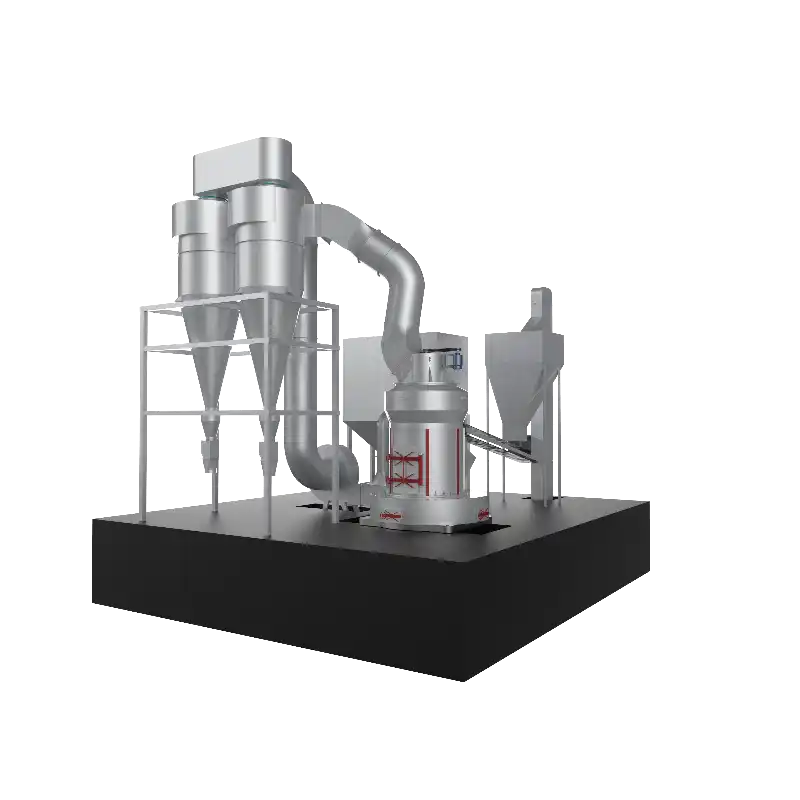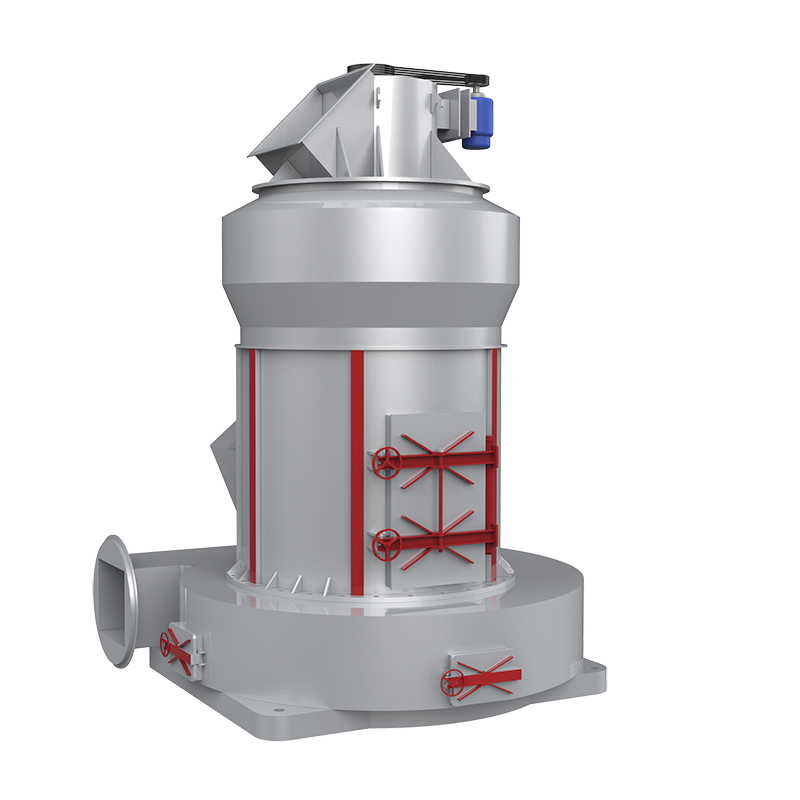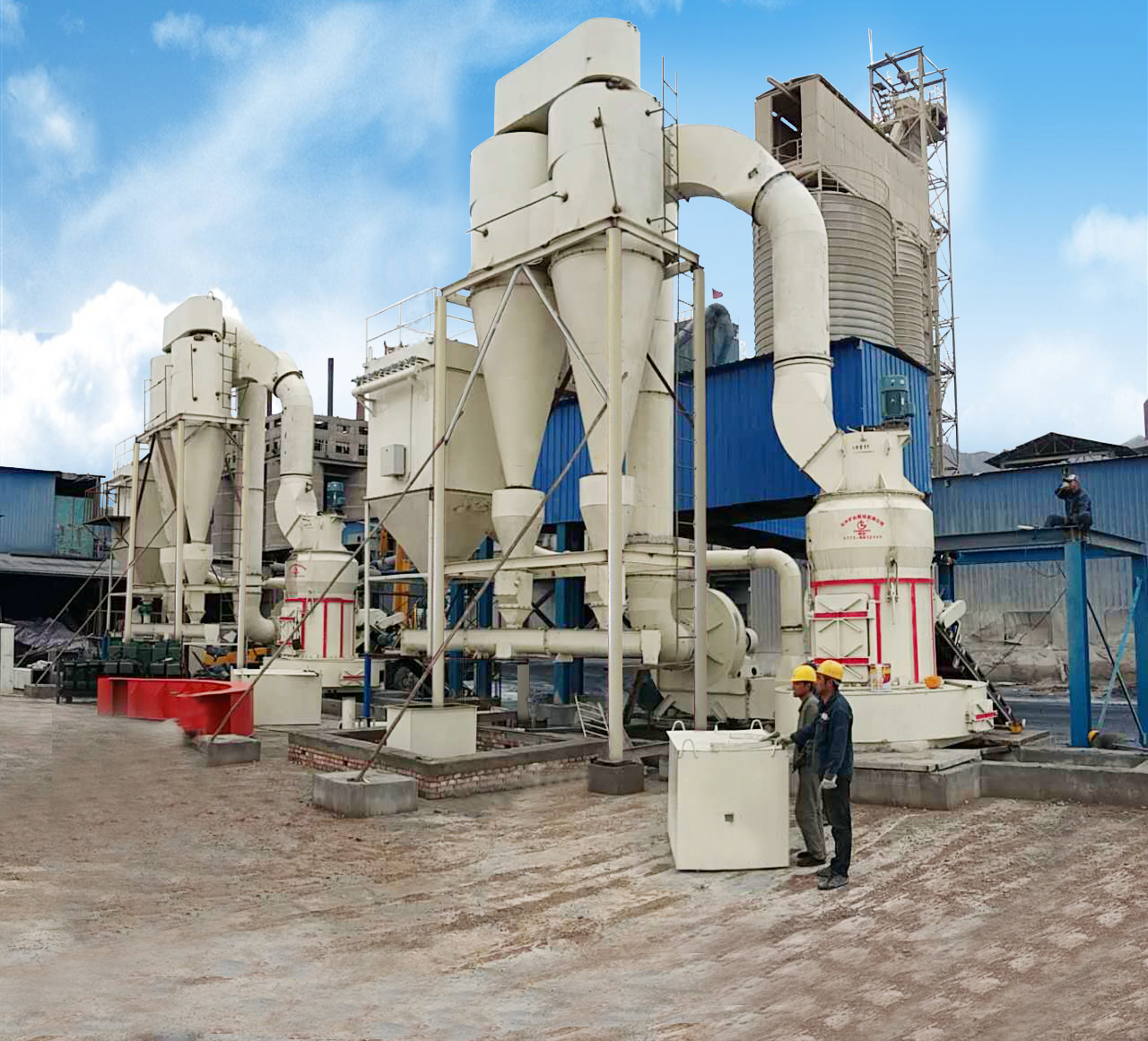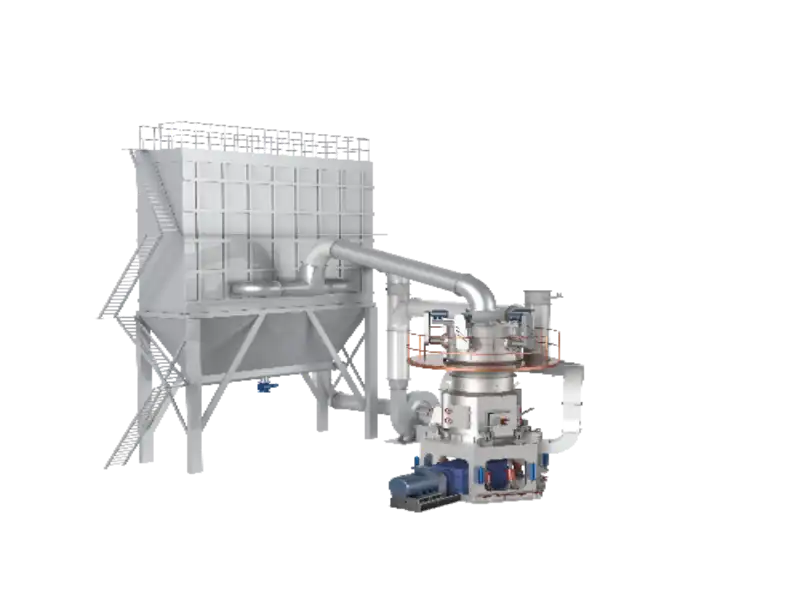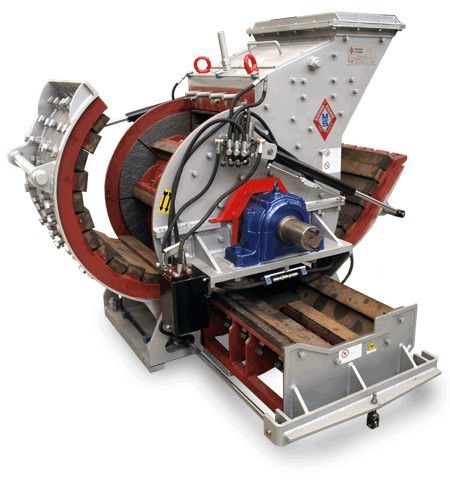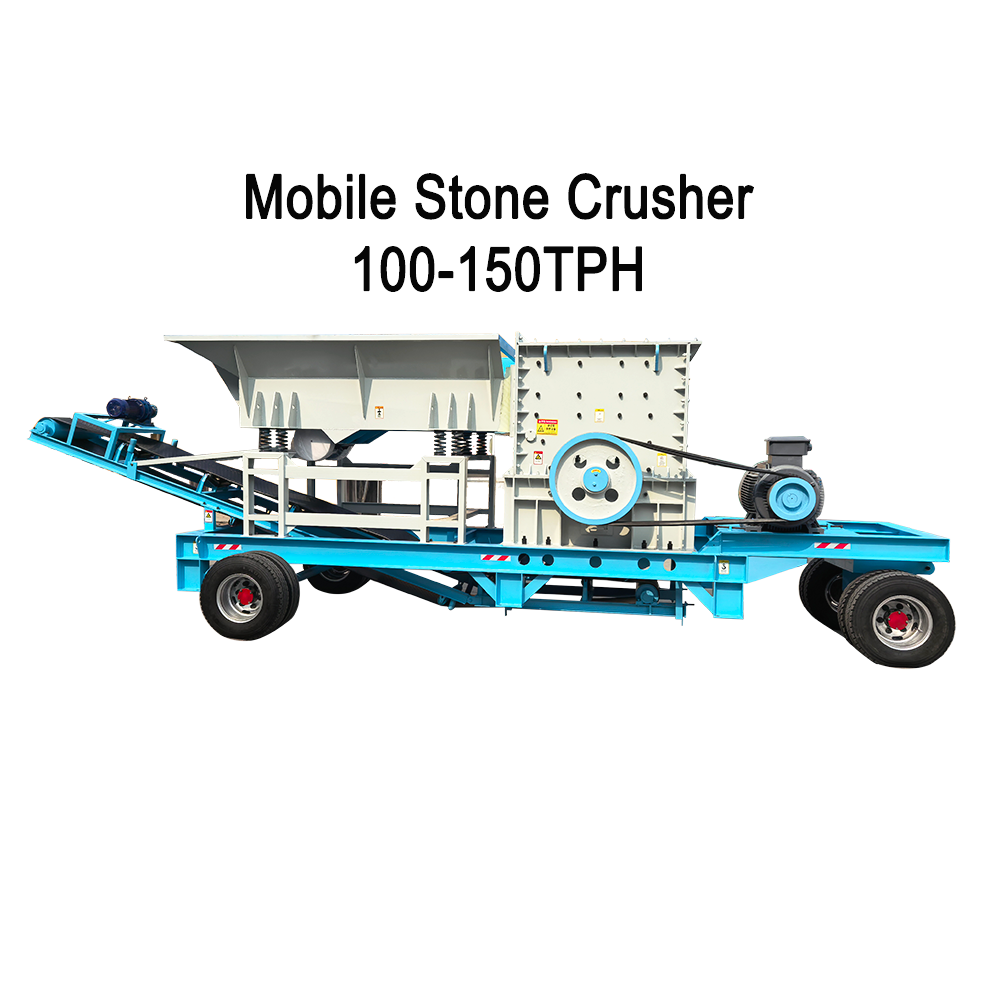Contents Catalog
- 1 The Production Process of Slaked Lime
- 1.0.1 1. Crushing of Limestone-is the first step of hydrated lime production line
- 1.0.2 2. Calcination of Limestone – it is the premise of the hydrated lime production line
- 1.0.3 3. Hydration of Quicklime – slaking process is the key of the whole hydrated lime production line
- 1.0.4 4. Classification of Slaked Lime
- 1.0.5 5. Final Product Selection
- 1.1 Conclusion
The Production Process of Slaked Lime
the final product of the hydrated lime production line- Slaked lime, also known as calcium hydroxide (Ca(OH)₂), is a versatile chemical compound widely used in various industrial applications, including construction, water treatment, and agriculture. The production of slaked lime involves several key steps, including the crushing of limestone, calcination, hydration, classification, and selection of final products. This article will provide a comprehensive overview of the entire process.
1. Crushing of Limestone-is the first step of hydrated lime production line

The production of slaked lime begins with the extraction of limestone, primarily composed of calcium carbonate (CaCO₃). Limestone is commonly mined from quarries and is transported to crushing facilities. In this stage, the limestone is broken down into smaller pieces to facilitate further processing.
The crushing process typically involves the use of various types of crushers, such as jaw crushers and hammer mills. These machines reduce the size of the limestone to a manageable range, usually between 10 to 50 millimeters. The crushed limestone is then screened to separate fine particles from larger ones, ensuring a uniform size distribution for the subsequent calcination process.
Proper sizing of the limestone is crucial because it affects the efficiency of the calcination process. Smaller particles have a higher surface area, which promotes better heat transfer during the calcination process.
2. Calcination of Limestone – it is the premise of the hydrated lime production line



After crushing, the limestone is subjected to calcination, a thermal decomposition process that takes place in a lime kiln. Typically, the kiln operates at temperatures between 900°C and 1200°C. During calcination, the crushed limestone undergoes a chemical reaction, breaking down into quicklime (calcium oxide, CaO) and carbon dioxide (CO₂) gas:
CaCO3(s)→CaO(s)+CO2(g)↑CaCO3(s)→CaO(s)+CO2(g)↑
The carbon dioxide released during this reaction is a by-product and is often emitted into the atmosphere. The efficiency of the calcination process is crucial, as it determines the yield of quicklime produced. To improve efficiency, modern lime kilns utilize advanced technologies such as rotary kilns or vertical shaft kilns, which optimize heat distribution and gas flow.
Once the process is complete, quicklime is produced, characterized by its white, powdery appearance. Quicklime is highly reactive and can be dangerous if not handled properly, as it can cause burns and respiratory issues.
3. Hydration of Quicklime – slaking process is the key of the whole hydrated lime production line

The next step in the production of slaked lime is the hydration of quicklime. This process involves adding water to the quicklime to produce slaked lime. The chemical reaction for this process is as follows:
CaO(s)+H2O(l)→Ca(OH)2(s)CaO(s)+H2O(l)→Ca(OH)2(s)
The hydration process generates a significant amount of heat, known as the heat of hydration. This exothermic reaction must be carefully controlled to prevent excessive temperature increases, which could lead to steam explosions.
Hydration can be performed in several ways, including:
- Slaking in a Batch Process: Quicklime is mixed with a predetermined amount of water in a batch reactor. This process allows for precise control over the reaction conditions and the final product’s properties.
- Continuous Slaking: In this method, quicklime is continuously fed into a slaking machine while water is added simultaneously. This setup is often more efficient and suitable for large-scale production.
The result of this process is a fine, dry powder of calcium hydroxide, or slaked lime, which can be further processed or packaged for various applications.
4. Classification of Slaked Lime
After hydration, the next important step is the classification of slaked lime. This process involves separating the hydrated lime into different particle sizes, which is essential for ensuring the quality and performance of the final product.
Classification can be achieved through various methods, such as air classifiers or sieves. These devices work by utilizing air flow or mechanical screening to separate finer particles from coarser ones. The desired particle size distribution will depend on the specific application for which the slaked lime is intended.
For instance, in construction, a finer product may be required for mortar applications, while coarser particles may be suitable for soil stabilization. The classification process not only improves the consistency of the product but also minimizes waste by allowing for the recycling of oversized particles back into the production line.
5. Final Product Selection
The final step in the production process involves the selection and packaging of the finished slaked lime product. Quality control measures are implemented to ensure that the slaked lime meets the required specifications for purity, particle size, and reactivity.
Typically, samples of the slaked lime are taken at various stages of production and analyzed in a laboratory. Tests may include particle size analysis, chemical composition analysis, and reactivity testing. This quality assurance process is vital for maintaining product standards and achieving customer satisfaction.
Once the slaked lime passes all quality tests, it is packaged for distribution. Common packaging methods include bulk bags, drums, or smaller bags, depending on customer requirements. Proper labeling and documentation are also essential to provide information on safe handling and usage.
Conclusion
The production of slaked lime encompasses a series of carefully controlled processes, from the crushing of limestone to the final selection of the product. Each step is crucial in ensuring the quality and effectiveness of slaked lime for its various applications. As industries continue to evolve, advancements in technology and processes will likely enhance the efficiency and sustainability of slaked lime production, meeting the growing demands of the global market.
Learn More about Cronus:

